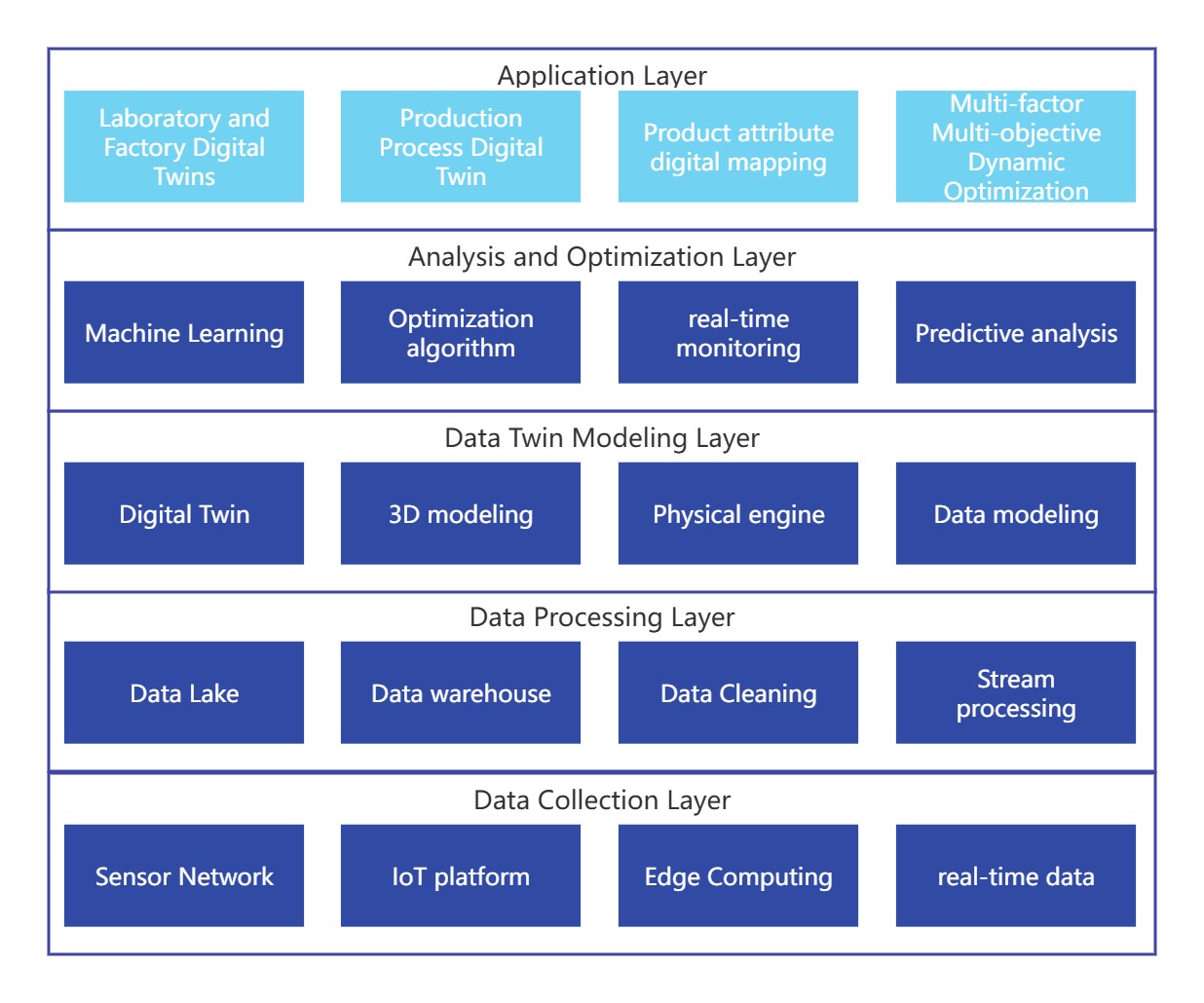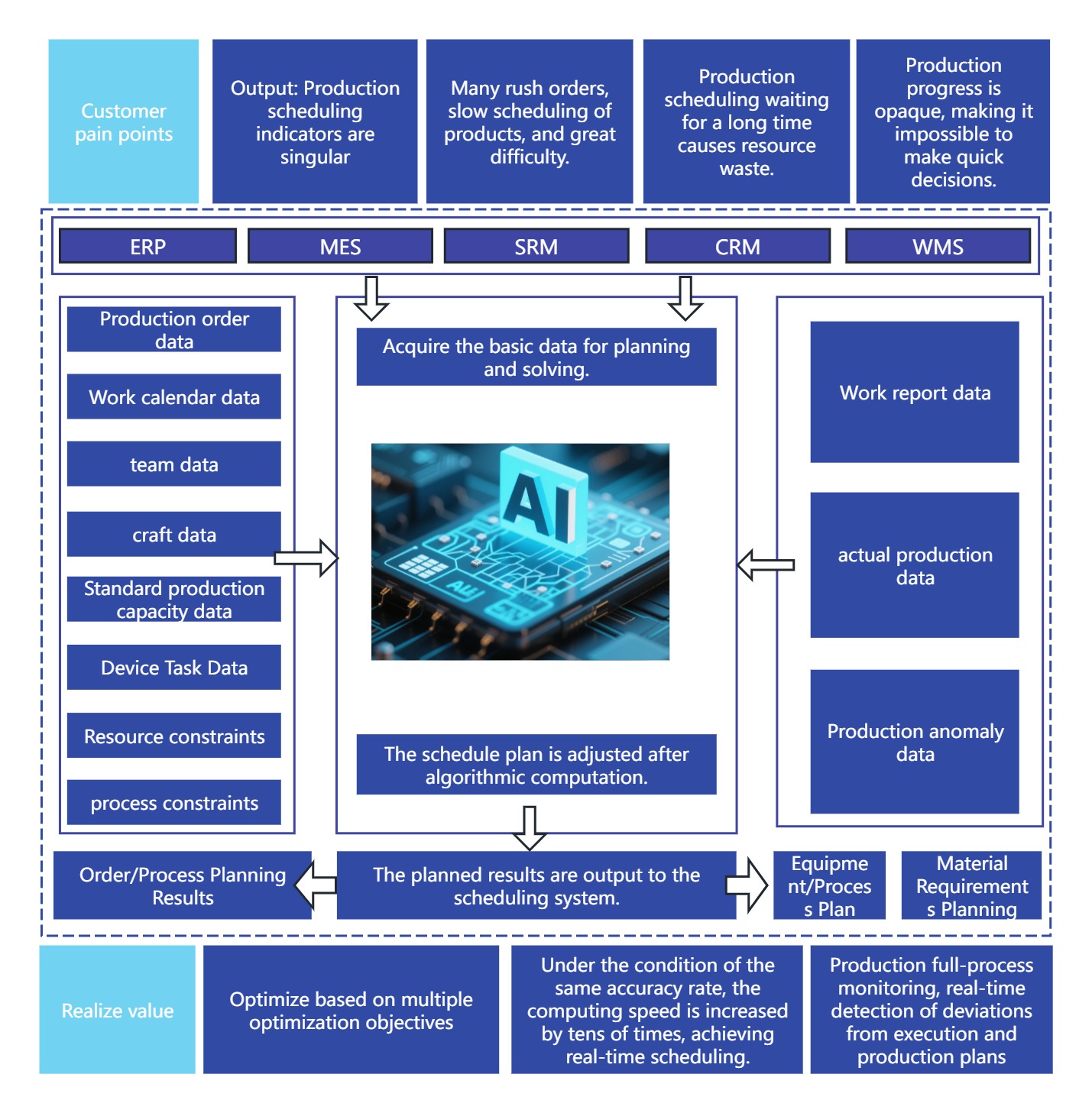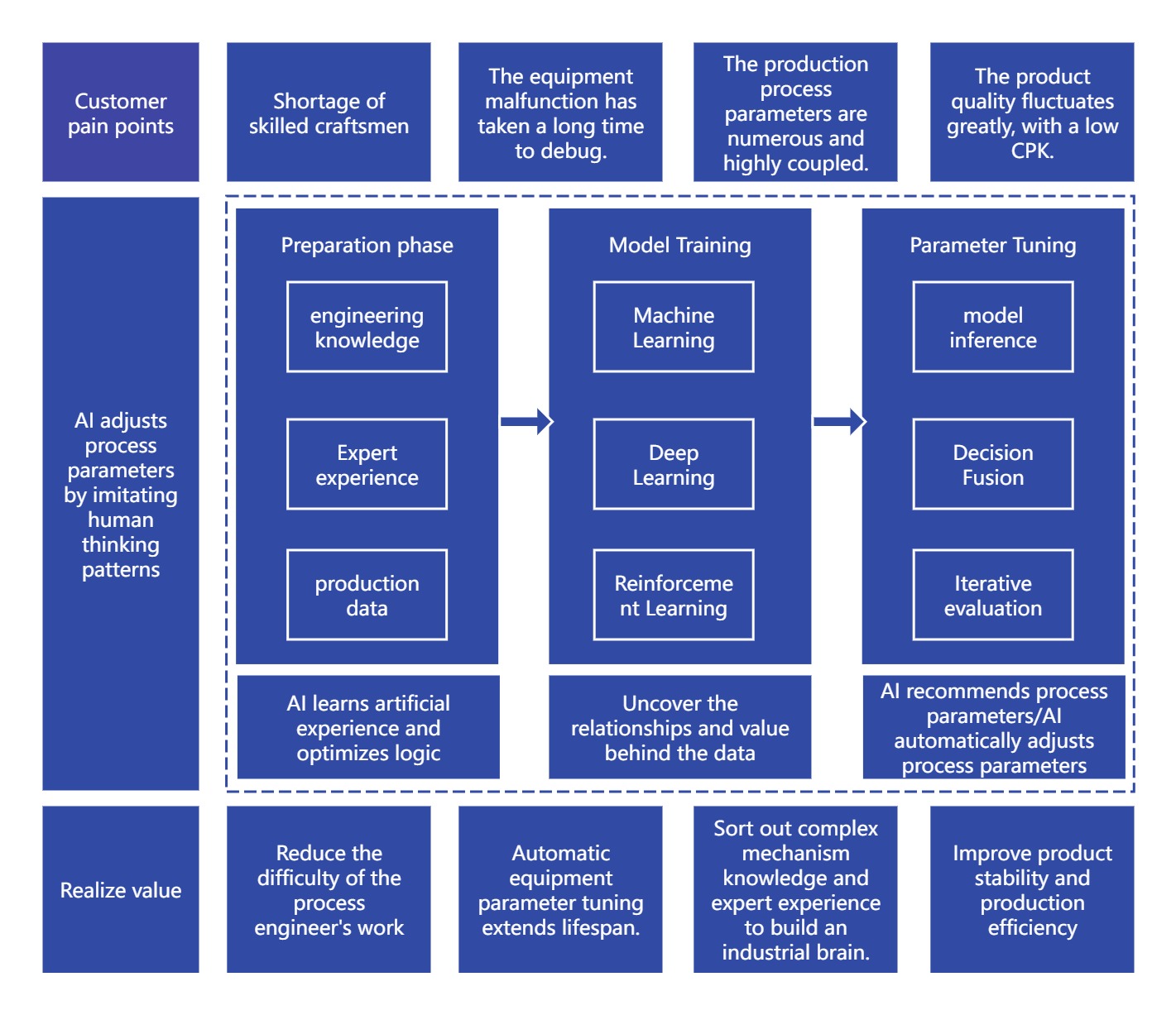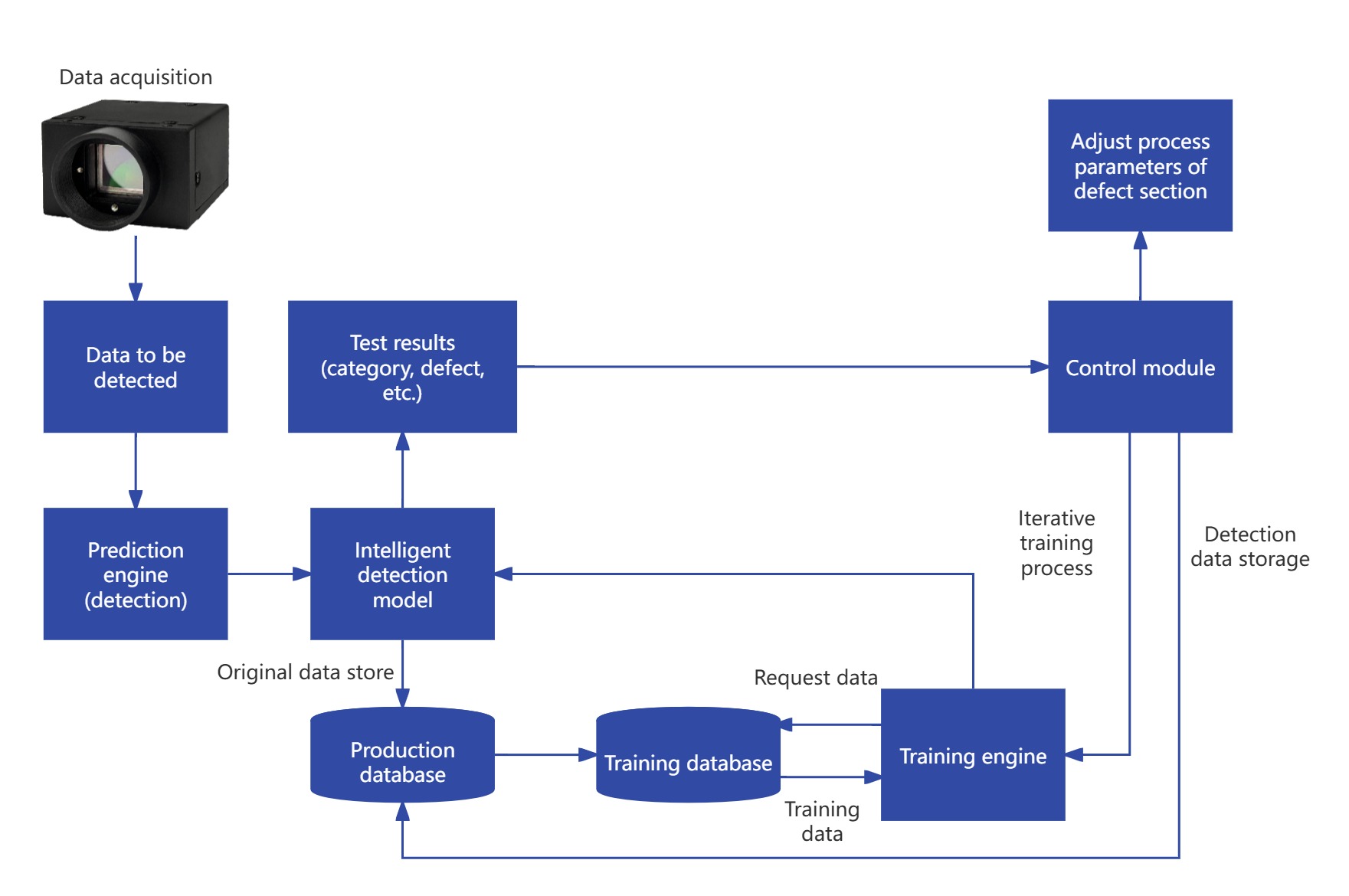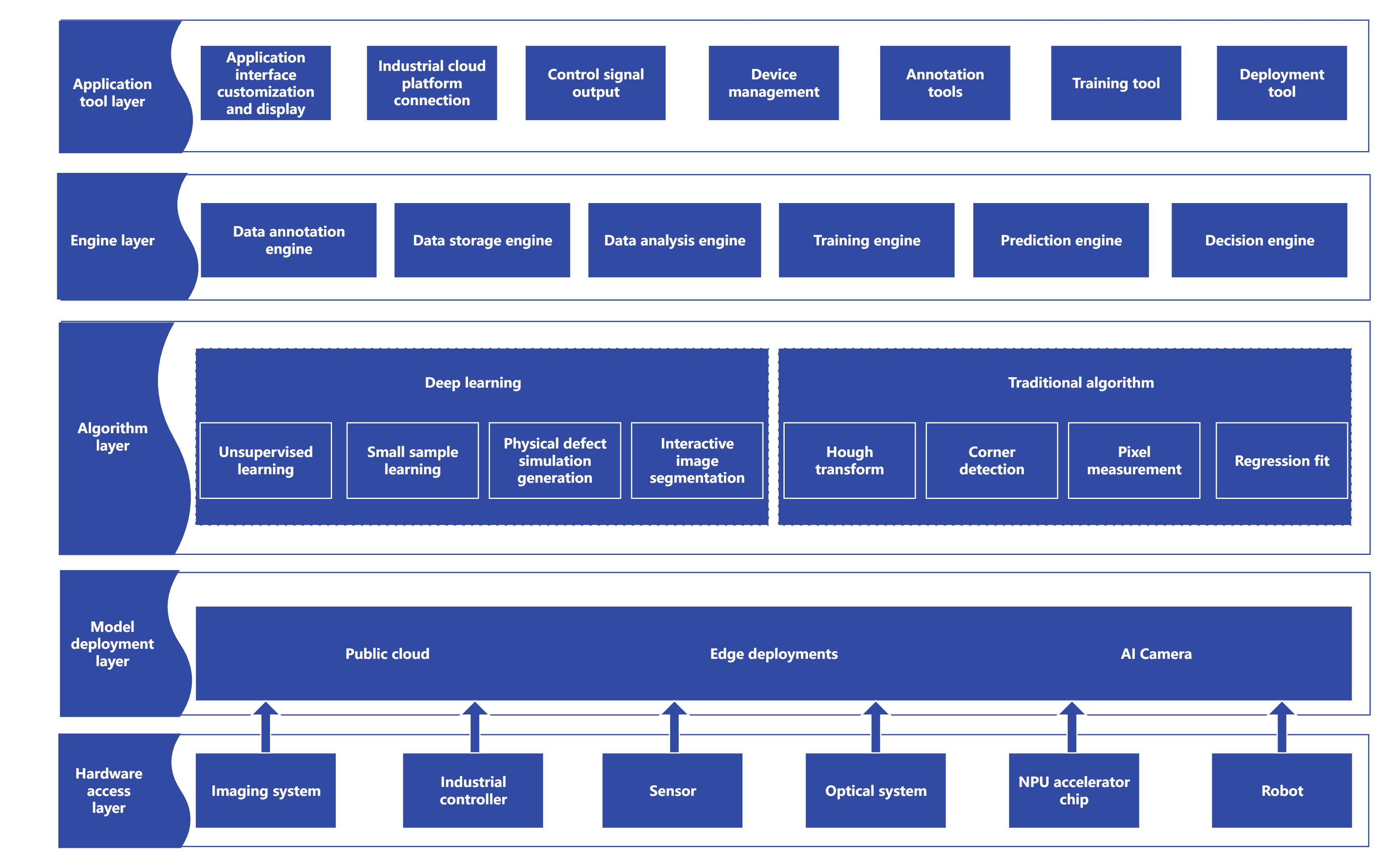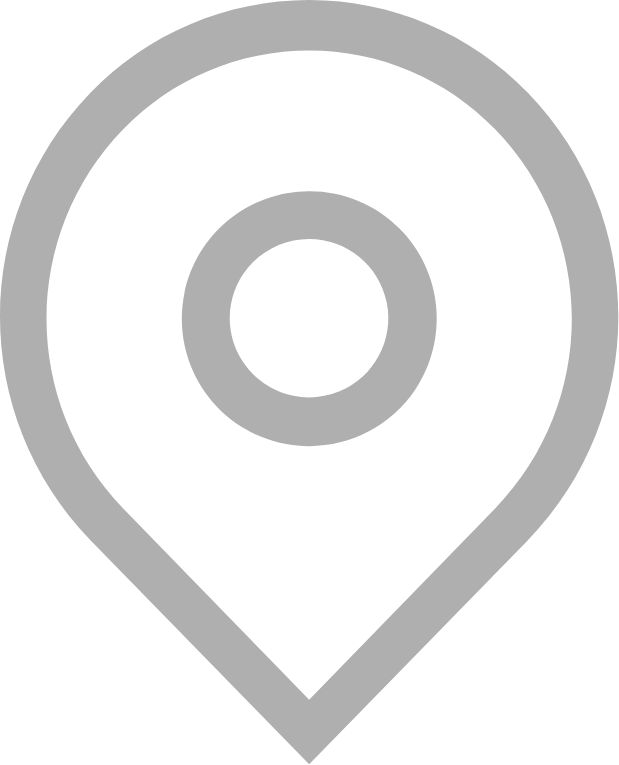智慧仓储

AI-Powered Intelligent Manufacturing Solutions
The core of AI-powered intelligent manufacturing is "data-driven decision-making and intelligent process optimization." Enterprises should start with point-specific breakthroughs (e.g., quality inspection, equipment maintenance) and evolve toward full-link intelligence based on their pain points, ultimately achieving the transformation from "manufacturing" to "intelligent manufacturing." Key success factors include: top-level strategic support, data governance capabilities, technical implementation teams, and an agile mechanism for continuous iteration.

Monitoring of Cleaning Actions
Identify whether the cleaning action is performed.
Confirm that the cleaning direction is left - to - right one - way.
Verify if the one - way cleaning consists of 2 passes.
Confirm that the cleaning direction is left - to - right one - way.
Verify if the one - way cleaning consists of 2 passes.

Monitoring of Liquid Preparation Actions
Cameras are deployed at key positions for liquid preparation to recognize key actions in real - time.
Integrated with acid - base testers, image comparison is used to verify if the picking (of materials/reagents) is correct, and it automatically identifies whether the specifications match the operation instructions.
Integrated with acid - base testers, image comparison is used to verify if the picking (of materials/reagents) is correct, and it automatically identifies whether the specifications match the operation instructions.

Monitoring of Assembly Actions
Monitor the entire assembly process in real - time and accurately recognize key actions.
Once abnormal behaviors are detected, immediate warnings are triggered to prompt the production line to respond.
Automatically collect data and generate analysis reports to support management decision - making.
Once abnormal behaviors are detected, immediate warnings are triggered to prompt the production line to respond.
Automatically collect data and generate analysis reports to support management decision - making.
AI Safety Camera Application Scenarios
Personnel Behavior Recognition
Recognition of leaving the post
Smoking recognition
Phone - using recognition
Recognition of personnel falling
Smoking recognition
Phone - using recognition
Recognition of personnel falling
Vehicle Recognition
Unauthorized parking of sedans
Violations by trucks
Forklift violations
Bicycle violations
Violations by trucks
Forklift violations
Bicycle violations
Smart Devices
Equipment status
Anomaly detection
Safety zone
Belt breakage
Anomaly detection
Safety zone
Belt breakage
Safety Attire Recognition
Hard hat recognition
Recognition of skin exposure
Work uniform recognition
Recognition of safety clothing
Recognition of skin exposure
Work uniform recognition
Recognition of safety clothing
Environmental Risk Recognition
Smoke and flame recognition
Recognition of passageway occupancy
Factory Area Safety
Recognition of passageway occupancy
Factory Area Safety
Factory Area Safety
Personnel collision prevention
Perimeter alert
Path guidance
Perimeter alert
Path guidance
